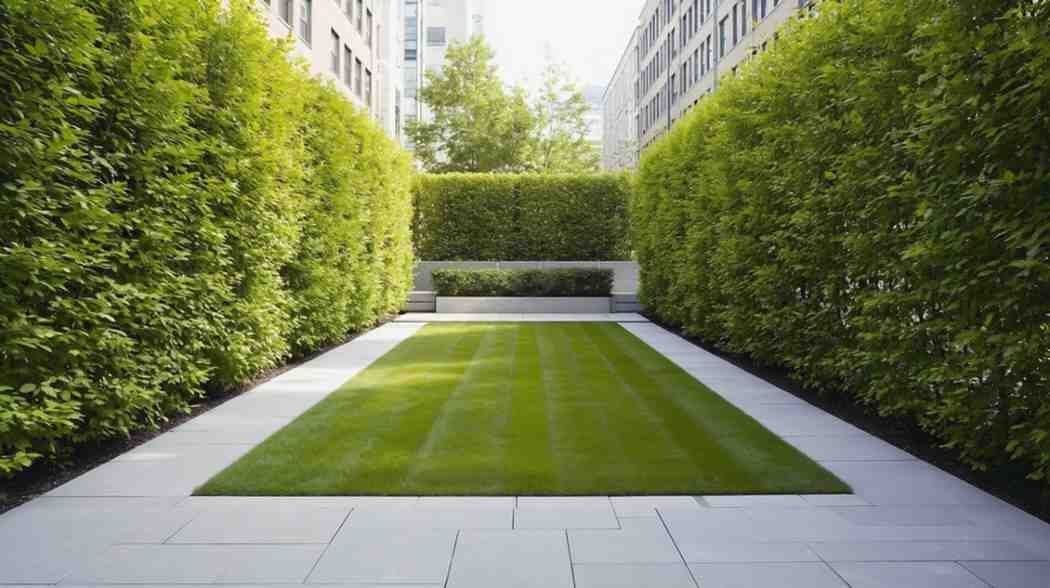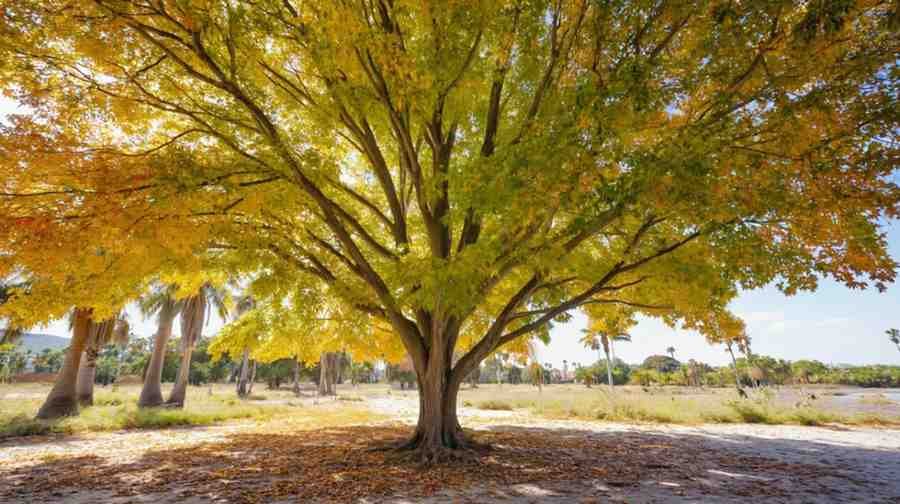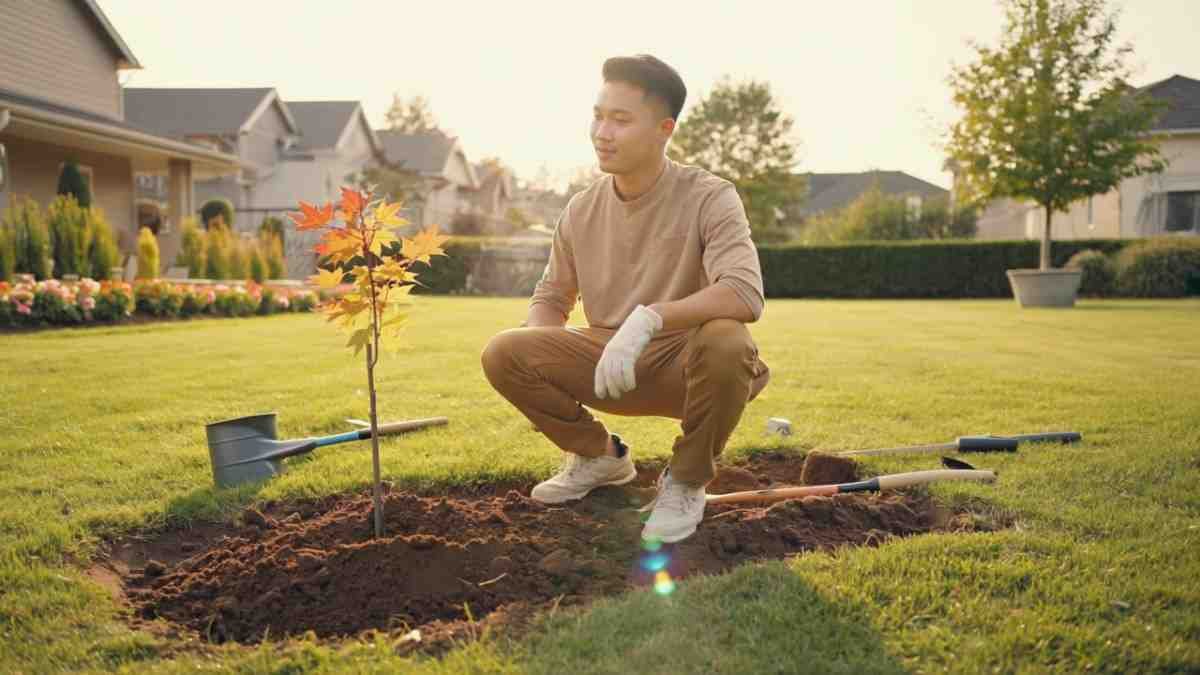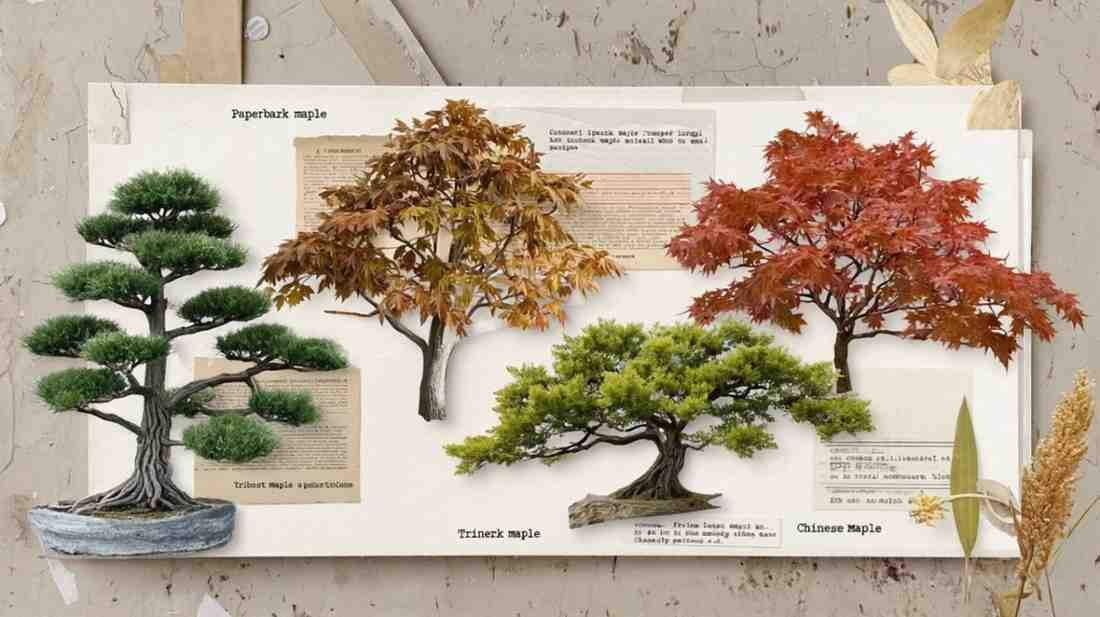Five years ago, I planted my first maple tree in Multan. No dramatic backstory. Just a tired gardener and a 50% off sign at a local nursery. That was the beginning. I was hooked. Since then, I’ve nurtured, studied, and admired countless species of maples. From fiery reds to soft yellows, compact growers to towering beauties. Honestly? The world of different types of maple trees is like a botanical buffet—delicious, diverse, and always full of surprises. Let’s dive deep into this leafy journey. I promise this isn’t your boring biology class. It’s more like chatting with a tree-obsessed friend. Me.
Why Maple Trees Are Pure Magic
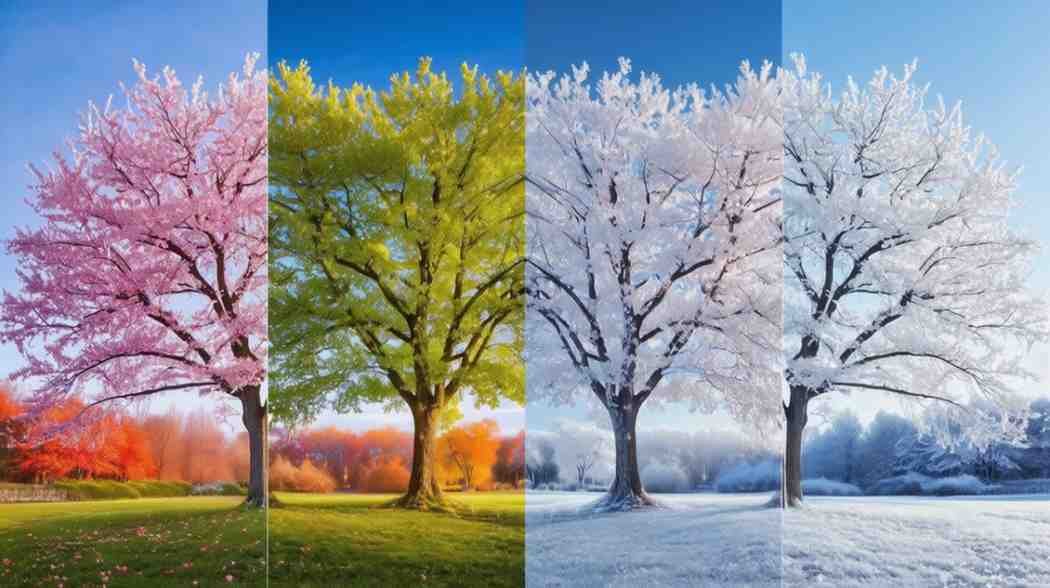
Maples aren’t just trees. They’re seasonal performers. Spring? Buds bursting with life. Summer? Dense shade and glossy green leaves. Autumn? Oh boy. Fireworks of red, orange, and yellow. Winter? That elegant branch silhouette. Maple trees adapt, evolve, and steal your heart when you least expect it. From Japanese gardens to Canadian highways, different types of maple trees thrive everywhere. And trust me, once you meet a few, you’ll want one in your yard. Or five. Like me.
Japanese Maple (Acer palmatum) – The Drama Queen
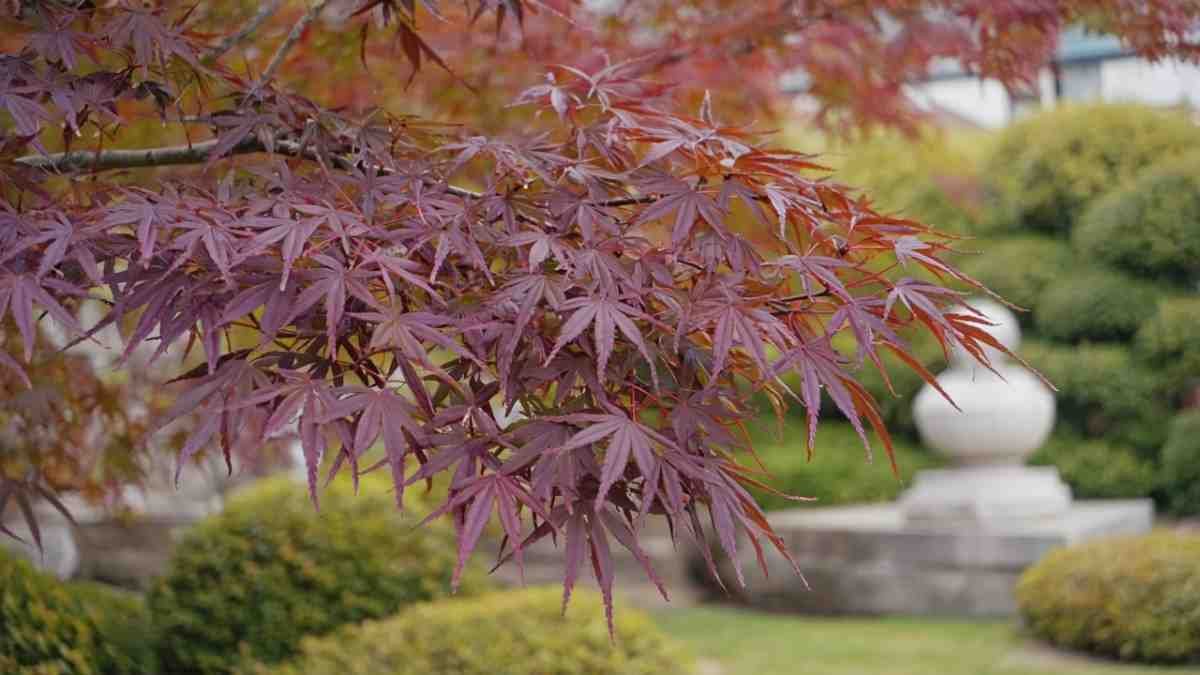
Japanese maple is the diva of maples. Dramatic colors. Delicate lace-like leaves. Compact form. It’s the kind of tree that makes your neighbors slow down and stare. With dozens of cultivars like ‘Bloodgood’ and ‘Crimson Queen,’ this species offers reds, purples, and even variegated magic. They grow slowly and prefer dappled light. Ideal for small spaces or shady corners. Bonus? You can even grow them in pots. If you want class with sass, this is your tree.
2. Silver Maple (Acer saccharinum) – The Fast & Furious
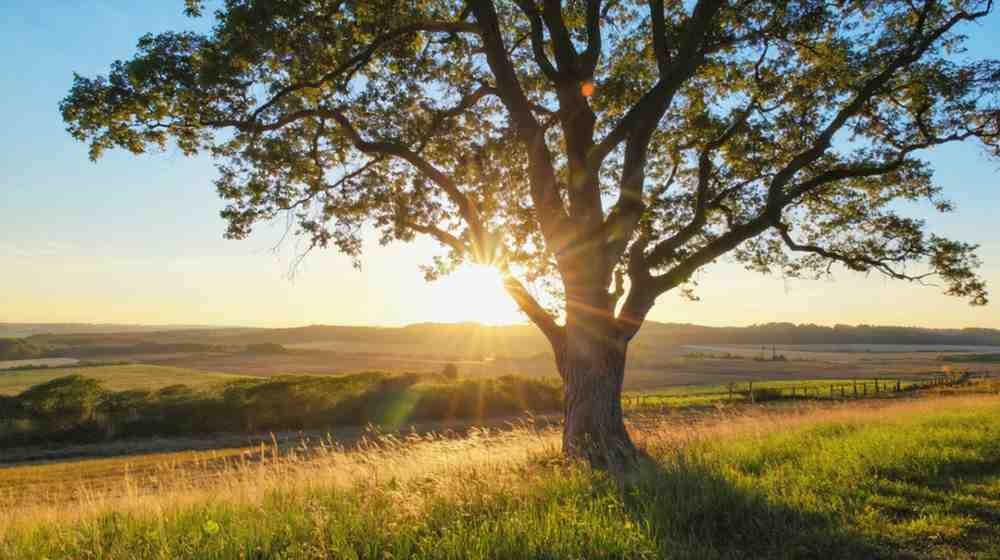
Silver maple is like that kid who drank too much energy drink. It grows fast. Really fast. Its leaves shimmer with silver undersides and dance beautifully in the wind. But be warned—it can get massive and messy. Its roots can be invasive. Still, it’s loved for its quick shade and tolerance to urban chaos. It’s one of those different types of maple trees that works hard—but definitely not low-maintenance.
3. Red Maple (Acer rubrum) – Mr. Reliable
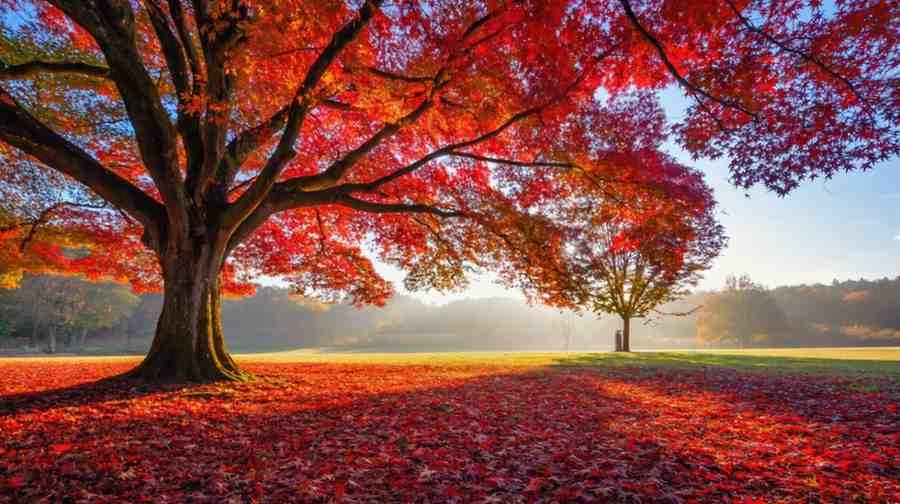
Red maple is like your dependable friend who never flakes out. It grows steadily, looks good all year, and adapts to various soils. The leaves turn dazzling shades of scarlet in fall, and the red twigs brighten up winter. You’ll find it coast-to-coast, thriving in both dry and swampy areas. For beginners, this is one of the safest different types of maple trees to start with. Just water it well and enjoy the show.
4. Sugar Maple (Acer saccharum) – The Sweetheart
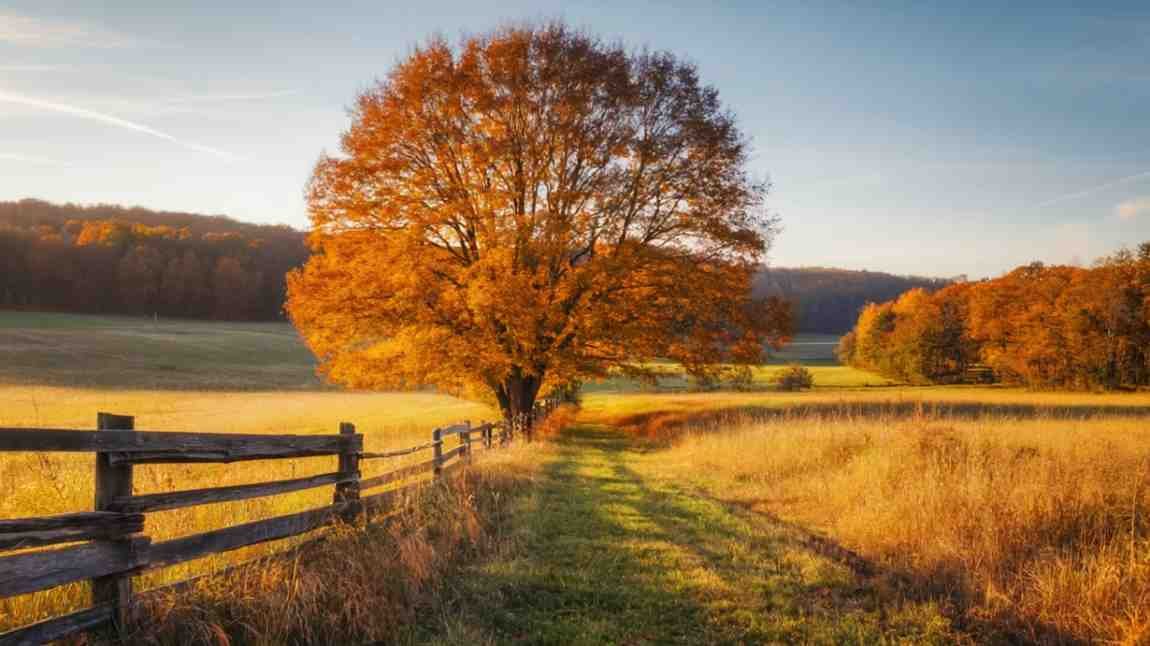
Ah, the sugar maple. The national pride of Canada. The syrup king. But even beyond pancakes, it’s a gem. Large, symmetrical, and dignified. This tree can grow 60–80 feet tall and blaze in golden-orange hues in fall. If you have space and patience, sugar maple rewards with shade, color, and history. It’s slower-growing than red or silver, but oh-so-worth it. Just imagine sipping maple syrup under a maple tree. Full circle.
5. Autumn Blaze Maple – The Crowd Favorite
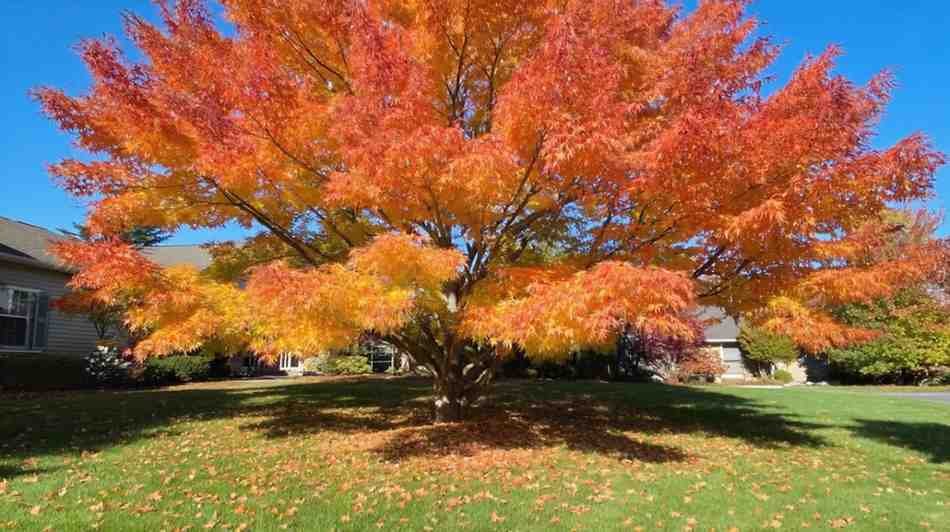
Autumn Blaze isn’t a species—it’s a hybrid. A cross between red and silver maple. You get the best of both worlds: fast growth, brilliant red foliage, and a strong structure. It’s like the superhero of the maple universe. Tough, colorful, and perfect for modern yards. One of the top choices for urban and suburban landscapes worldwide. I’ve planted four of these. Still can’t get enough.
Advice from the Garden Bench
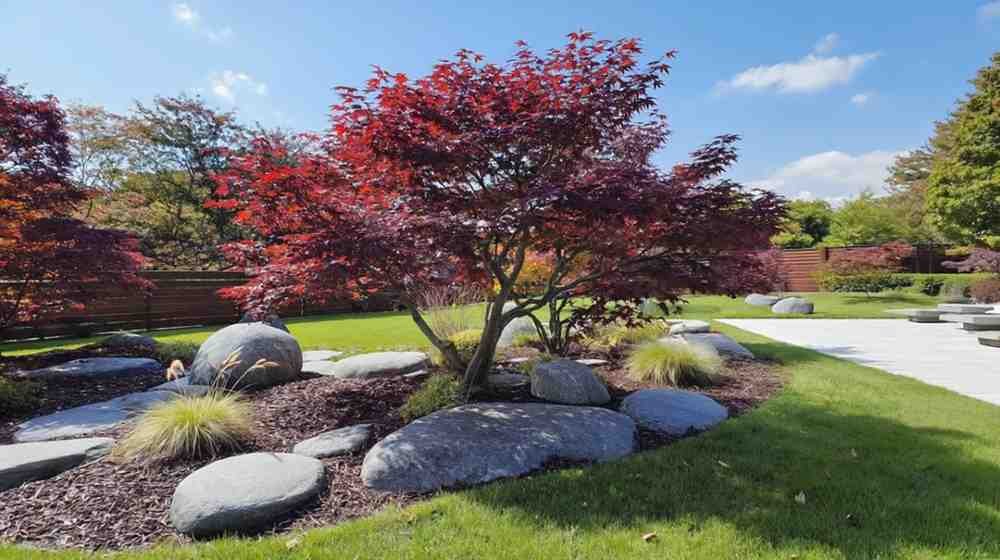
Let me pause for a second. A little advice from someone who’s planted more trees than vegetables:
-
Don’t plant too close to your house. Some maple roots get pushy.
-
Mulch well. But keep it away from the trunk. Let that baby breathe.
-
Prune when dormant. Deadwood and crowded branches gotta go.
-
Water deeply. Especially in the first two years. Deep roots = strong trees.
And most importantly—plant with love. Trees feel it. I swear.
6. Amur Maple (Acer ginnala) – The Compact Rebel
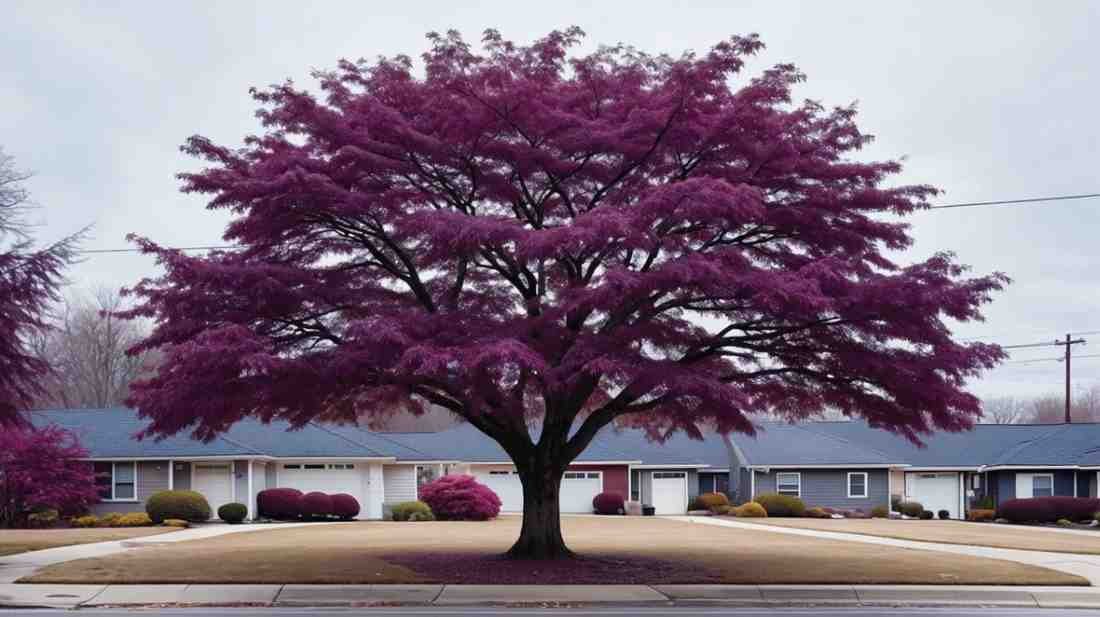
Got a small yard? Meet Amur maple. Native to Asia, it stays small (15–20 feet) and puts on a bright red fall show. It’s hardy, adaptable, and doesn’t throw tantrums in poor soil. Some varieties grow like large shrubs, others as compact trees. In fact, they’re also used for hedging. One of those different types of maple trees that slips quietly into your heart without fuss or drama.
7. Norway Maple (Acer platanoides) – The Controversial One
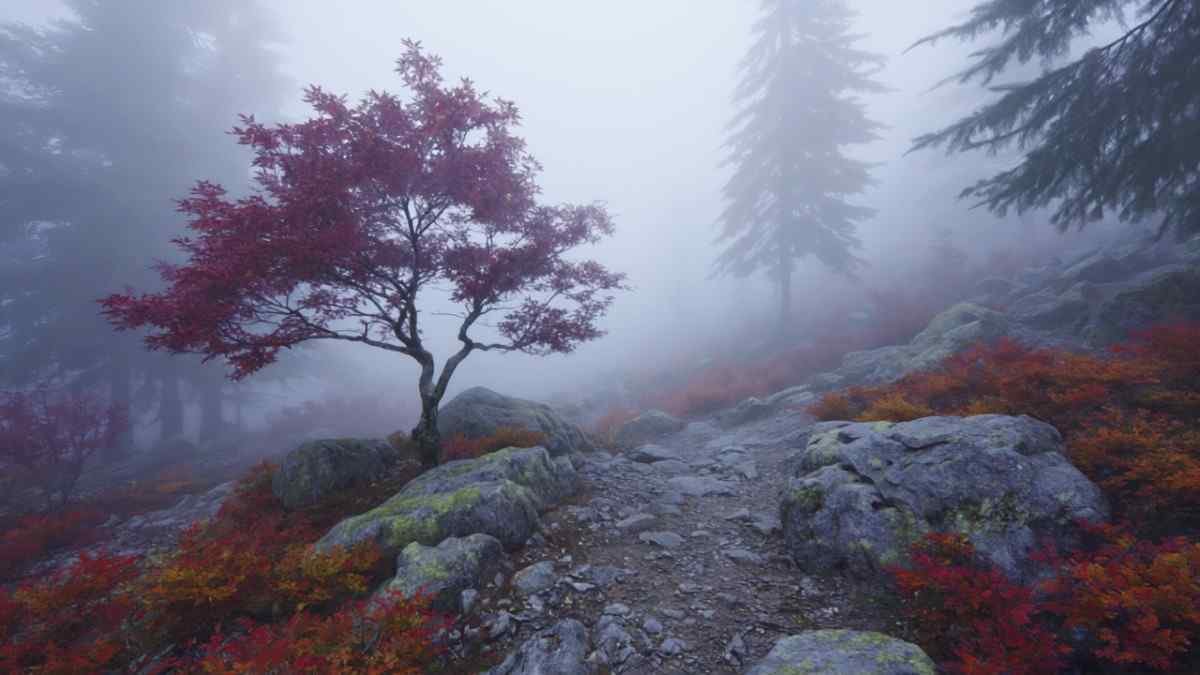
Norway maple looks good, grows fast, and offers dense shade. Sounds perfect, right? Well, here’s the catch—it’s invasive in some areas. It crowds out native species. That said, it’s still widely planted in cities because of its toughness and tolerance. Varieties like ‘Crimson King’ offer deep purple foliage that lasts all summer. If you’re in Europe or cooler parts of the US, it’s likely you’ve seen one already.
Quick Tip: Leaf it to the Leaves

Wanna ID a maple? Look at the leaves. Most have five lobes. Japanese maples have delicate, deeply lobed leaves. Red and sugar maple leaves look similar—but sugar’s are smoother at the edges. Once you know the difference, you’ll start spotting different types of maple trees in parks, streets, and random driveways. It’s like becoming a maple whisperer. Very niche. Very satisfying.
Wait – Did You Know?
Maple trees can live up to 300 years! That’s not a tree. That’s a legacy. You’re not just planting shade. You’re planting history. Maybe even future maple syrup.
